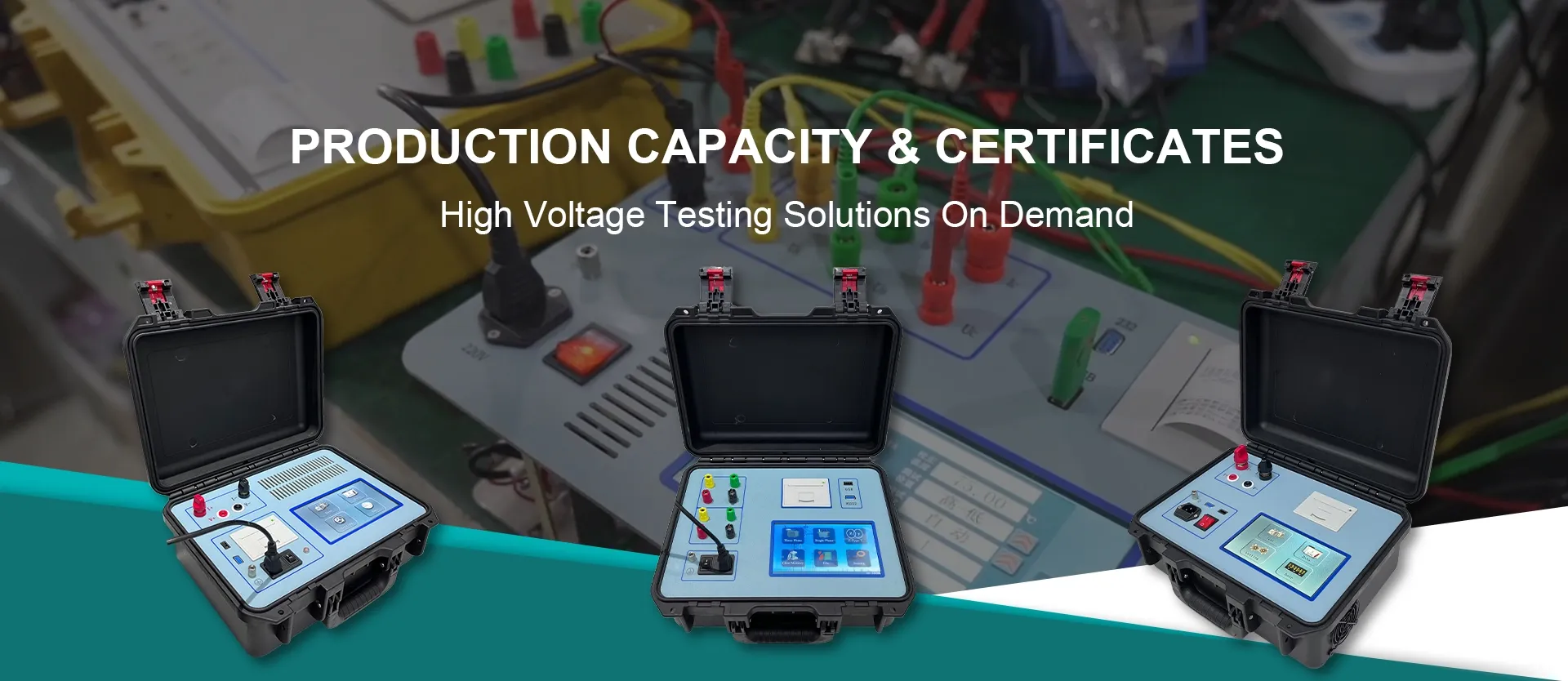 English
English


Innovative Techniques in Gas Chromatography for Enhanced Analytical Performance and Environmental Monitoring
Gas Analysis Using Chromatography
Gas chromatography (GC) is a powerful analytical technique used for the separation and analysis of volatile compounds in gaseous samples. This method is widely employed in various fields, including environmental monitoring, food and beverage quality control, pharmaceuticals, and petrochemical industries. With the capability to quickly and efficiently separate complex mixtures into individual components, gas chromatography has become an indispensable tool for scientists and researchers.
The principle of gas chromatography involves the partitioning of analytes between a stationary phase and a mobile phase. The mobile phase is usually an inert gas, such as helium or nitrogen, which carries the sample through a column packed with a stationary phase. This stationary phase can be a liquid or a solid that interacts differently with the various components of the mixture. As the sample travels through the column, the different components partition between the gas and the solid or liquid phase at different rates, allowing for their separation.
Gas Analysis Using Chromatography
To perform gas chromatography, the first step is sample preparation. Samples may be complex mixtures containing various volatile compounds, and proper preparation is crucial for accurate results. Techniques such as solid-phase microextraction (SPME) can be employed to concentrate target analytes before analysis. Following preparation, the sample is injected into the chromatograph, where it is vaporized and carried into the separation column by the inert gas.
chromatography gas analysis

The heart of the gas chromatography system is the column, where the actual separation occurs. Different types of columns can be used depending on the specific application and nature of the compounds being analyzed. The temperature of the column can also be varied during the analysis, a technique known as temperature programming, which can enhance separation for more complex mixtures.
As the components of the sample exit the column, they pass through a detector that generates a response proportional to the amount of each compound present. Common detectors used in gas chromatography include flame ionization detectors (FID), thermal conductivity detectors (TCD), and mass spectrometers (MS). Each of these detectors has its advantages and limitations, and the choice of detector often depends on the specific requirements of the analysis.
The resulting data from gas chromatography is represented as a chromatogram, a graphical representation that displays the detector response as a function of time. Peaks on the chromatogram correspond to individual components, and their areas can be used to quantify the concentration of each substance in the sample. By comparing the retention times and peak areas to those of known standards, analysts can identify and quantify the compounds present.
In conclusion, gas chromatography is a vital technique for gas analysis that offers high sensitivity and resolution in the separation of complex mixtures. Its applications span multiple industries, from environmental monitoring to food safety, making it a fundamental method for researchers and quality control analysts. With continuous advancements in technology, the capabilities of gas chromatography are expanding, allowing scientists to tackle increasingly complex analytical challenges.
-
Differences between open cup flash point tester and closed cup flash point testerNewsOct.31,2024
-
The Reliable Load Tap ChangerNewsOct.23,2024
-
The Essential Guide to Hipot TestersNewsOct.23,2024
-
The Digital Insulation TesterNewsOct.23,2024
-
The Best Earth Loop Impedance Tester for SaleNewsOct.23,2024
-
Tan Delta Tester--The Essential Tool for Electrical Insulation TestingNewsOct.23,2024





